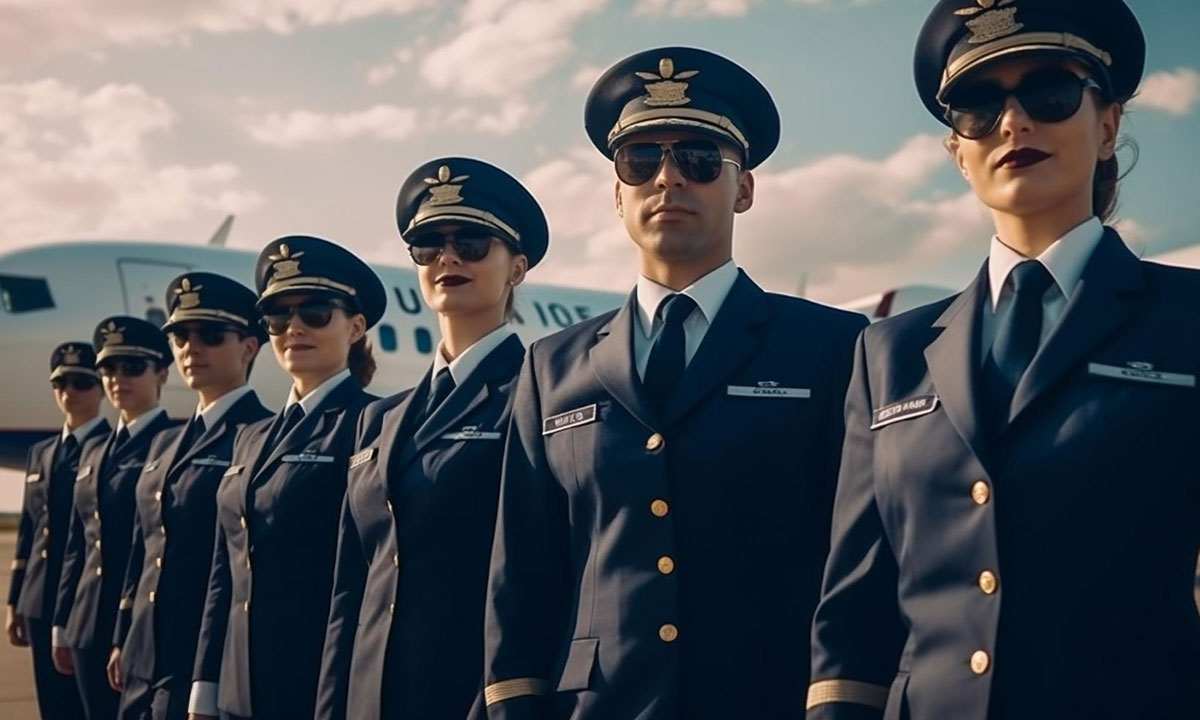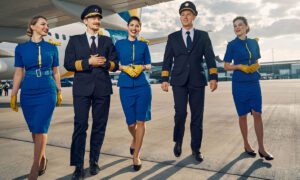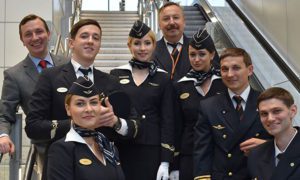In the aviation sector, pilot uniforms serve as a symbol of professionalism and authority. Pilot uniforms have changed to meet industrial requirements and the newest fashion trends. This blog will help you explore the design and functionality of a Pilot’s attire.
Pilot Uniforms: Best Designs & Trends
The uniform worn by pilots serves as both a code of conduct and a significant symbol of their profession. It is one of the rare professions where the uniform serves as a sign of authority and professionalism and as a means of identification. Therefore, designing a pilot’s outfit is challenging for an aviation uniform manufacturer. It has to be useful, stylish, and functional. The pilot uniform has changed to reflect industrial demands and the most recent fashion trends.
Comfort
For pilots, who spend a lot of time in the cockpit, comfort is of the utmost importance. The pilot uniform manufacturer should design the uniform using an elastic, breathable material to prevent discomfort and getting around restrictions. It should be easier for pilots to concentrate on their task and not on any discomfort if their outfit is light and comfortable.
Safety
Another important consideration while designing pilot uniforms is safety. In an emergency, the uniform should be designed of fireproof fabric that won’t easily catch fire. It should include features to reduce the chance of injury in the case of a collision or turbulence.
Sustainability
The fashion industry is experiencing a rise in the sustainability trend, and pilot uniforms are no exception. Airlines are searching for ways to lessen their carbon footprint, and one such strategy is creating environmentally friendly uniforms. Many airlines manufacture their uniforms from recycled fabrics to reduce waste and environmental impact.
Functionality
The current pilot’s outfit emphasizes both functionality and style. Many aviation uniform manufacturers include functional elements to make the design more practical for pilots. For example, some uniforms now come with many pockets to store essentials like pens, passports, and other equipment. Many airlines also use Anti-bacterial and anti-odour technology to keep pilots feeling clean and fresh throughout their long flights.
Professionalism
The pilot and the airline are both represented by the pilot’s uniform. It needs to have an upscale, professional look. There should be no slack or loose fabric anywhere on the uniform. The design and colour should complement the airline’s logo and individuality.
Since the beginning of the aviation business, pilot uniforms have been an essential element. The uniform is a sign of authority and professionalism in addition to being a dress code. Pilot uniforms have changed to meet industrial requirements and the newest fashion trends. The number of female pilots in the aviation business has increased recently. As a result, many pilot uniform manufacturers are designing pilot uniforms just for female pilots.
Conclusion
The conventional design of pilot uniforms has significantly changed. As technology and fashion advance, we anticipate more creative thinking and innovation in designing pilot uniforms. Numerous designs and ideas for pilot uniforms meet the requirements of the modern aviation business, ranging from eco-friendly and practical uniforms to trendy and high-visibility ones.



